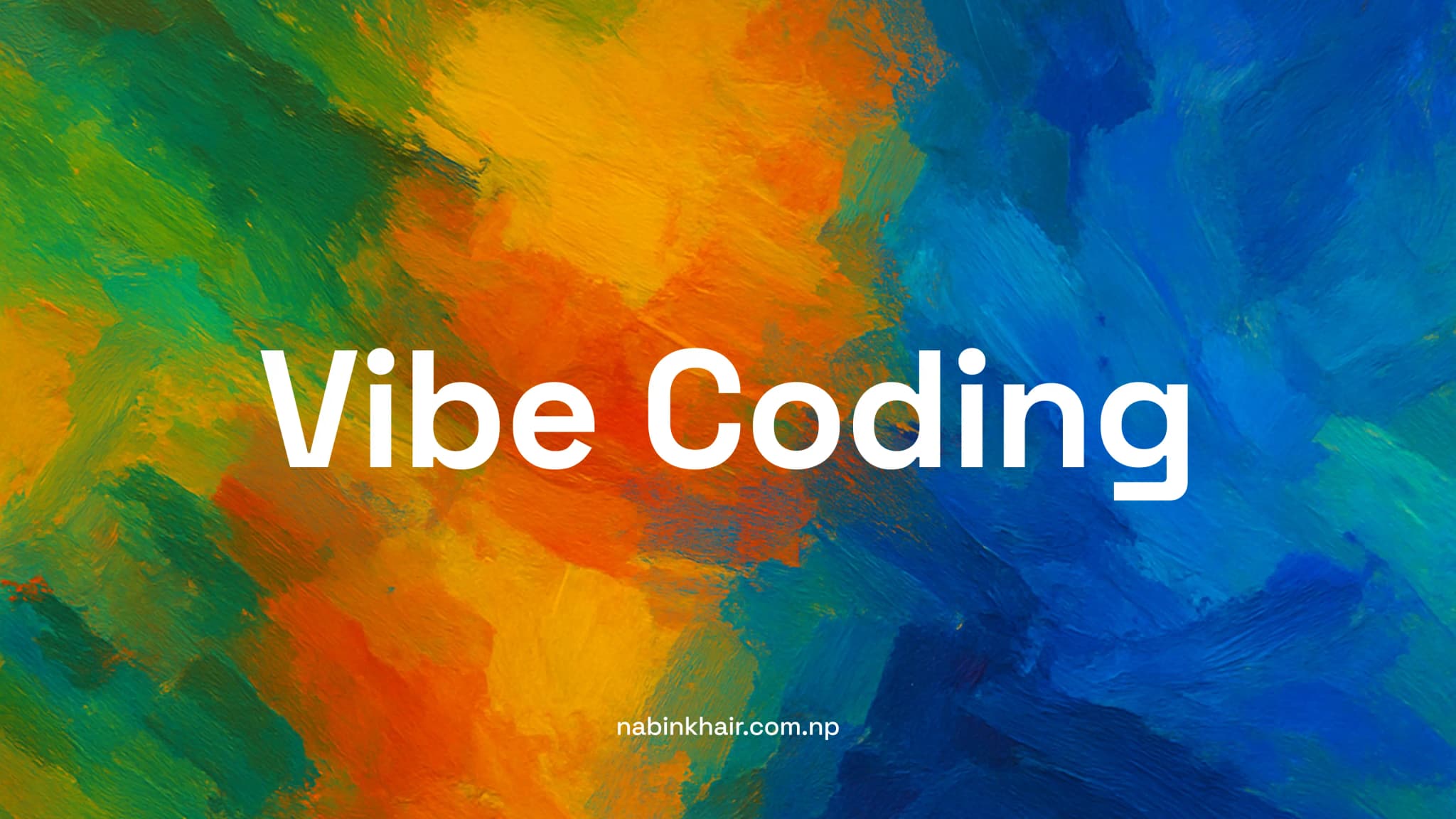Vibe Coding is the new buzzword in the tech industry from Silicon Valley, first coined by former director of AI at Tesla, Andrej Karpathy. According to Karpathy, Vibe Coding is the practice of letting AI tools generate code based on your instructions. Developers simply communicate what they want in plain language, often by voice, and trust the AI to implement it correctly. The focus shifts from writing and understanding code to directing the AI and verifying that the final product works as intended. This approach makes software development faster and more accessible to people without deep programming knowledge.
A New Development Paradigm
Vibe Coding represents a fundamental shift in how we approach software development. Traditional coding requires developers to write each line of code, understand complex syntax, and manually debug issues. With Vibe Coding, developers become directors rather than writers - they express intent and let AI handle implementation details. This approach leverages tools like Cursor Composer with advanced language models such as Sonnet, combined with voice recognition systems like SuperWhisper. Developers can simply speak commands like "decrease the padding on the sidebar by half" without needing to locate the relevant code themselves.
Key Characteristics of Vibe Coding
- Voice-First Interaction: Minimal keyboard interaction in favor of spoken commands
- Trust in AI Recommendations: "Accept All" mentality without detailed code review
- Error Resolution Simplicity: Pasting error messages directly to get AI-generated fixes
- Complexity Abstraction: Code bases can grow beyond personal comprehension
- Solution Focus: Emphasis on working products rather than code elegance
- Reduced Technical Barrier: Making development accessible to non-programmers
Benefits and Considerations
Vibe Coding dramatically speeds up development time and reduces the technical knowledge required to build functional applications. Weekend projects that might have taken days of coding can be completed in hours through continuous AI collaboration. However, this approach isn't without concerns. Code quality, security considerations, and long-term maintenance may become challenging when developers don't fully understand their own codebases. For critical systems, traditional coding practices with thorough reviews remain essential.
The Future of Development
Vibe Coding is more than just a temporary trend, it represents the beginning of a transformation in how we build software. As AI capabilities continue to advance, the line between developer and user will blur further. The skill of effectively directing AI to build what you envision may eventually become more valuable than writing code manually. For weekend projects, prototypes, and personal applications, Vibe Coding offers a way to bring ideas to life with unprecedented speed and minimal friction. It's coding reimagined for an AI-assisted future—intuitive, accessible, and aligned with the developer's creative flow.
